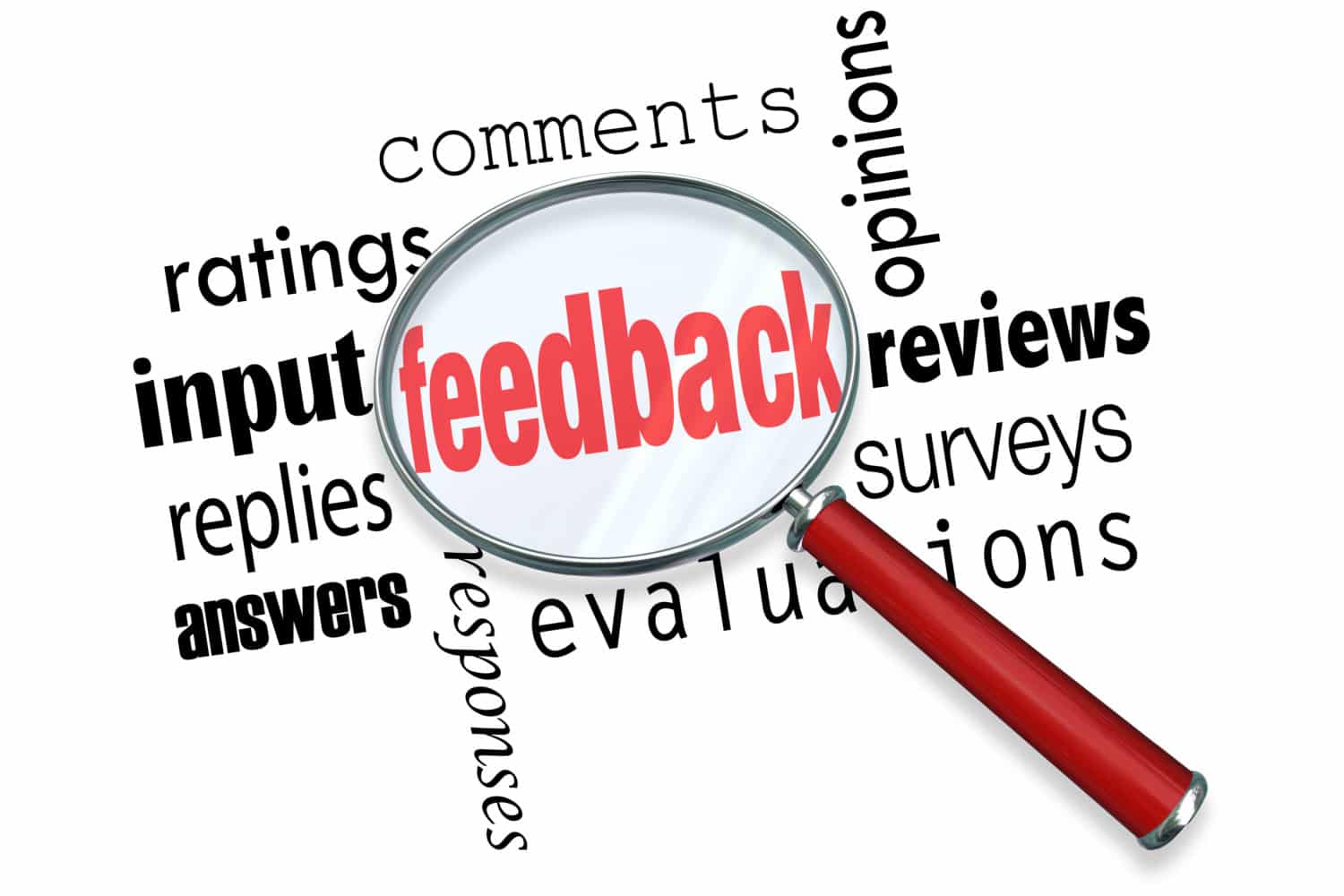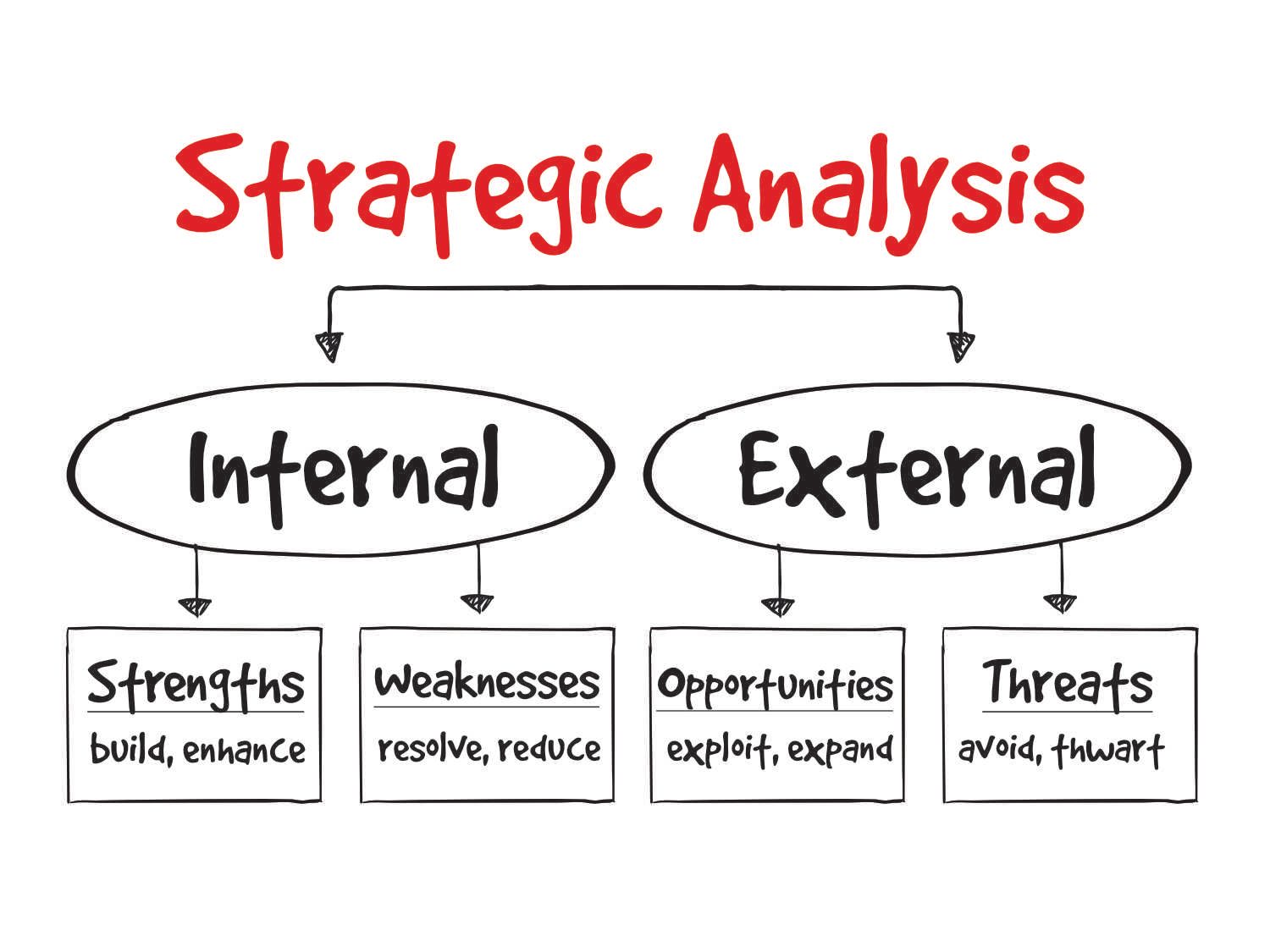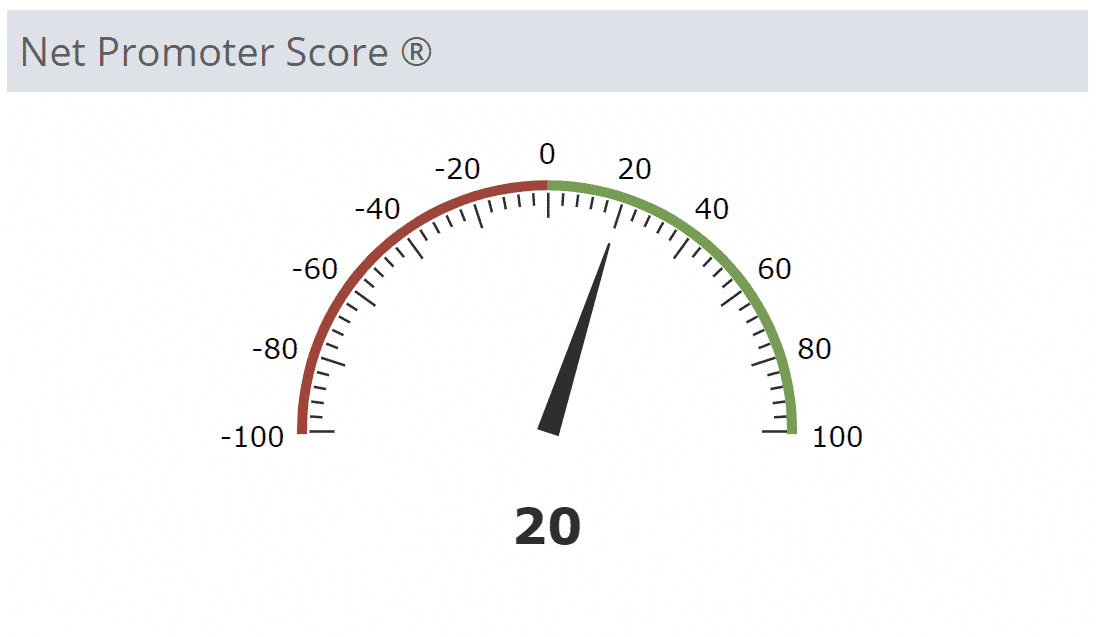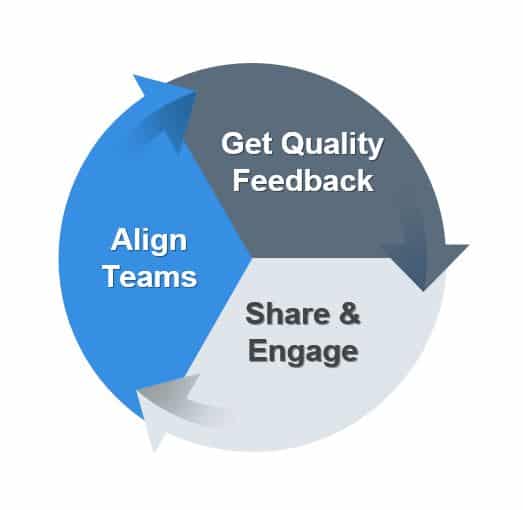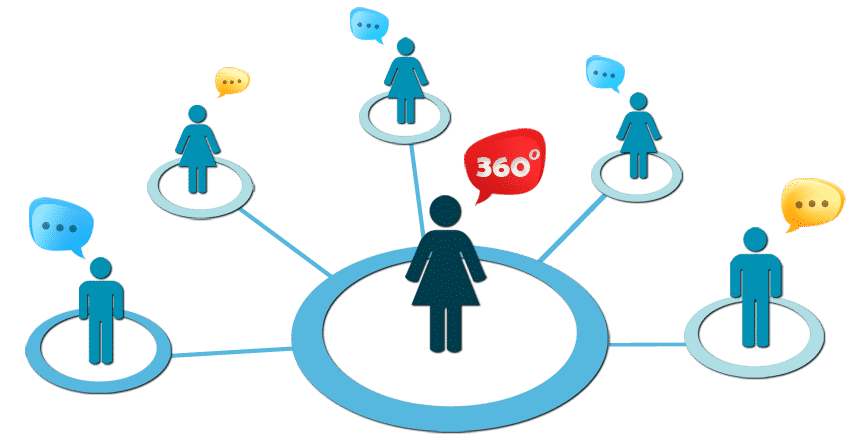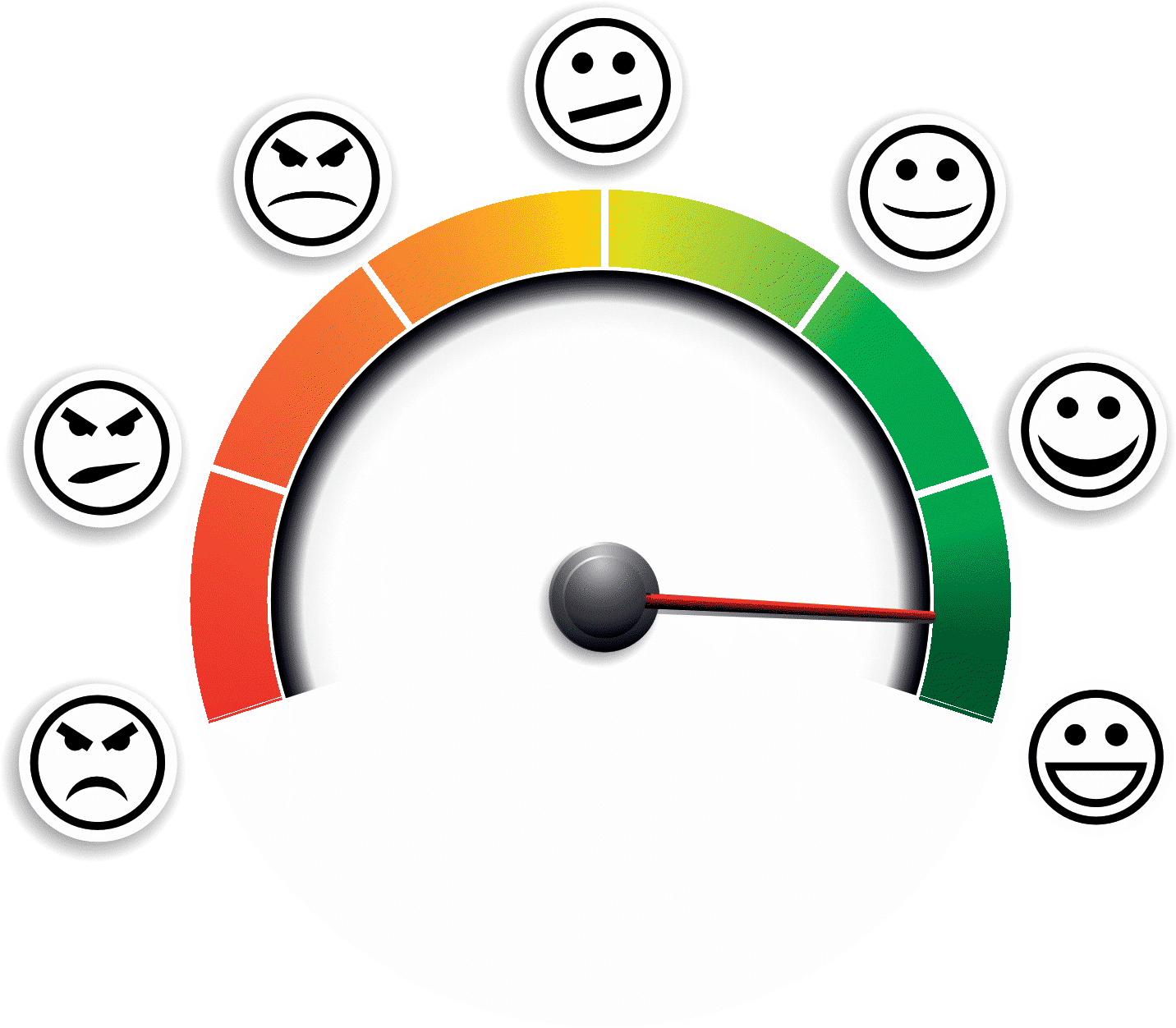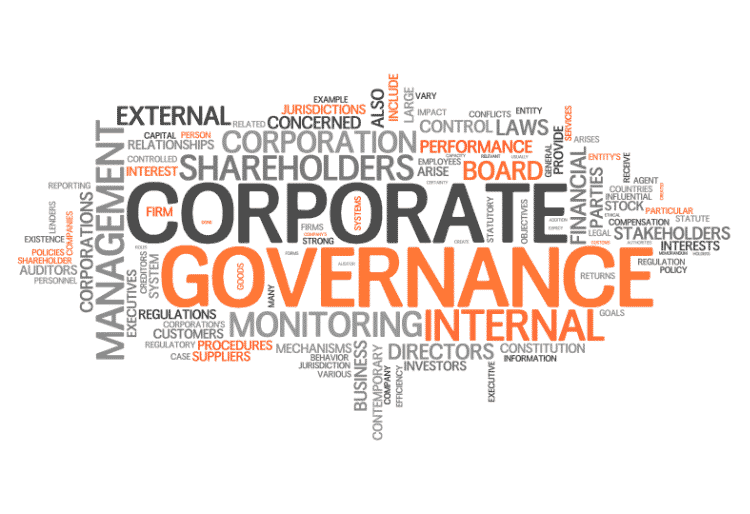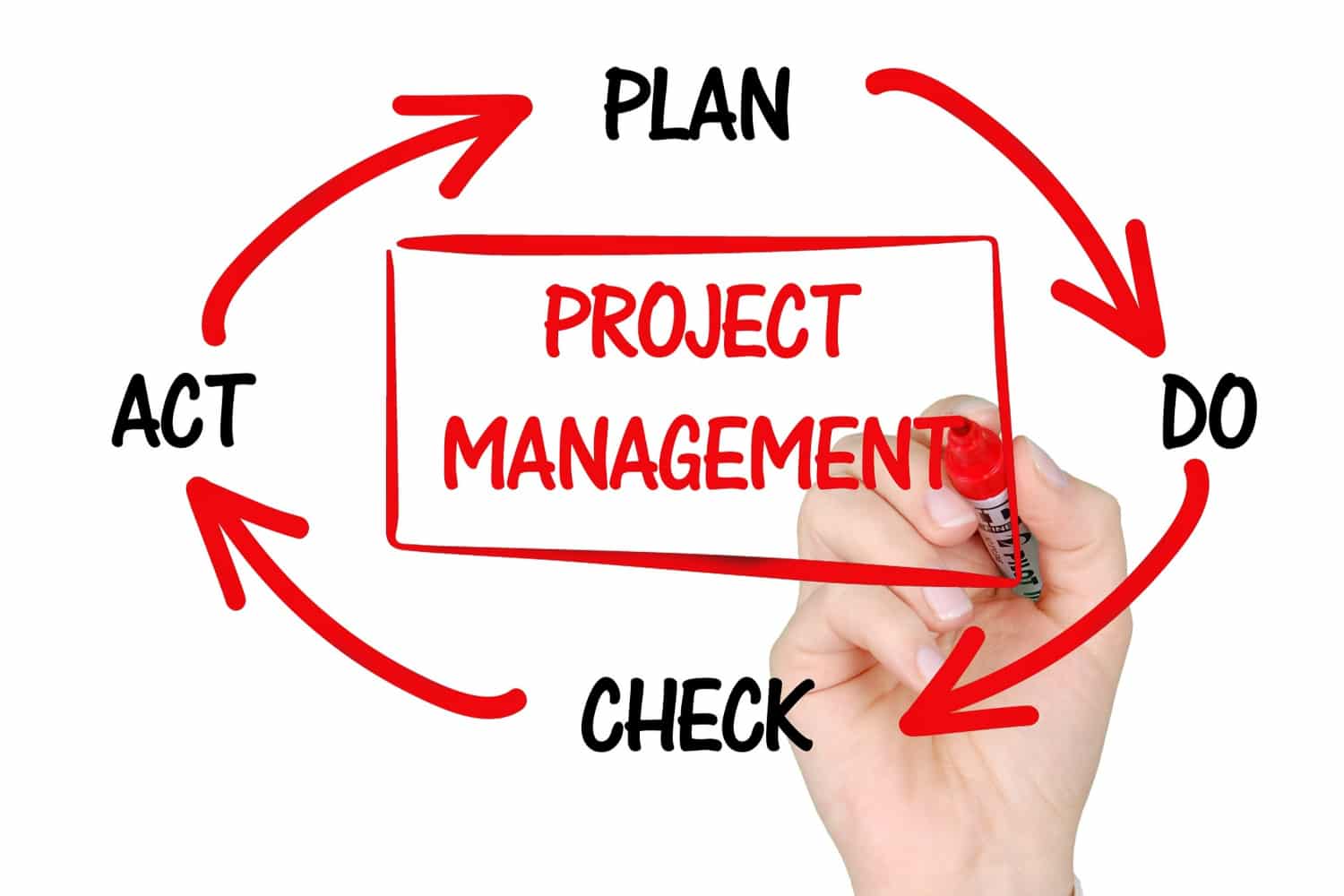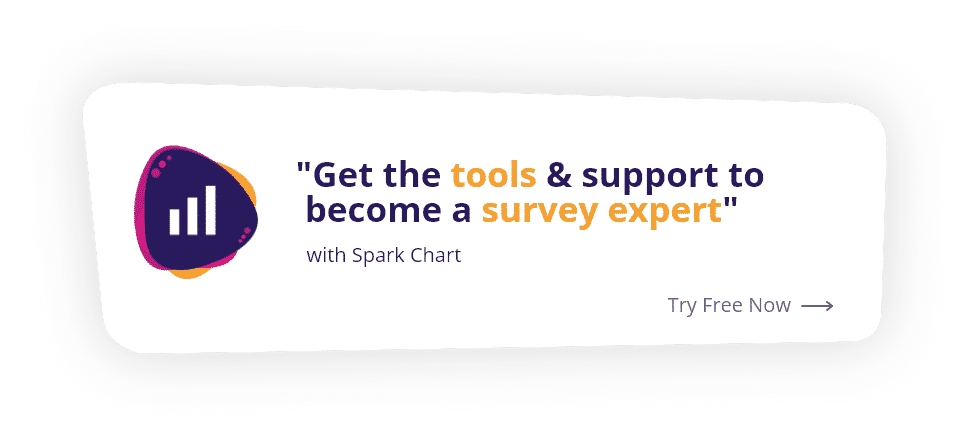8 surveys that consultants need to know about
Are you and your clients getting enough feedback? Because feedback is a fundamental ingredient for success. When consultants ask the right questions, the right way … from the very start … here’s what happens:
• You move faster … with better information.
• You immediately engage leaders, employees and clients with a focus on real data.
• You build greater client and employee trust.
• You make better recommendations.
Here are eight surveys that will uncover crucial information to help your client.
Customer Surveys and Market Research
Read on to learn more.
SWOT Analysis Survey and Workshop
You might be surprised to know that many businesses have never conducted a SWOT Analysis, or have not done one for a long time. Is your organisation or client one of them? SWOT Analysis is an important input to business strategy and business planning. Often, it is used to identify short term operational priorities and quickly improve the performance of an organisation or team.
The SWOT involves identifying the Strengths and Weaknesses that are internal to the organisation, along with Opportunities and Threats that are external to the organisation.
Strengths and Weaknesses include human resources, physical resources, financial, systems, processes, products, services, intellectual property and the unique offerings of the business. Opportunities and Threats include economic trends, demographic changes, environmental factors, competitive environment, legislation, political factors, legislation and more.
Net Promoter Score® (NPS®)
The Net Promoter Score® (NPS®) measures customer loyalty to a brand, company, product or service and establishes a benchmark. It involves asking customers to rate their experience against a single, high level, question.
“How likely is it that you would recommend our company/product/service to a friend or colleague?”
A scale of zero to 10 is used, with typical labels of “0. Not at all likely” and “10. Extremely likely”. The remaining values in the scale are not given a label. The NPS score ranges from -100 to +100. Positive values correspond to greater customer loyalty, while negative values indicate issues. NPS provides a single metric for organisations to focus on. The NPS question may be followed by an open ended question or additional questions to get more detailed feedback.
Leadership Team Engagement Survey
Great leaders are attuned to what people around them are thinking. They take the time to seek out the views and opinions of others and to share those views to develop deeper insights. Despite this, many leaders are not taking a disciplined approach to getting and sharing feedback.
Consultants can benefit from conducting a Leadership Team Survey to review team performance and to identify team strengths and development opportunities.
- The process brings a leadership team together with a specific common purpose and creates an opportunity to engage, align and motivate them.
- Focusing on survey data reduces the impact of individual personalities. It gets people discussing the data rather than personal differences.
- Giving people a chance to share their views and listen to other points of view, with supporting data, can result in more productive discussion.
- Clarifying points of agreement reduces potential conflict. Usually there are many more points of agreement than disagreement and this puts the differences into a better perspective.
- Differences of opinion can be clarified and discussed. Again, the focus is on the data and survey responses rather than personal positions.
Employee Surveys
Who is closer to customers, other employees , suppliers, stakeholders, systems and processes – management or employees? And, who do organisations depend upon to deliver services to customers, clients and stakeholders?
It follows that employee feedback and ideas are crucial.
Employees are essential to the success of every organisation. They are the primary source of information, opinions, ideas and answers as well as planning, decision making and action. Leaders and managers cannot do it all themselves. They rely on employees. So, organizations depends upon having capable and engaged employees.
There are different employee survey types to conduct depending on the goals and objectives. They include employee satisfaction, employee engagement, employee pulse, employee opinion, employee exit surveys, training needs analysis, program evaluations, safety, brainstorming and more.
360 Degree Feedback & Leadership Reviews
In a 360 degree feedback process, individual leaders or employees get feedback from people they interact with at work. The people who provide feedback may include the person’s manager, their staff, peers and stakeholders they work closely with. The feedback is best given anonymously, except for the individual’s self assessment and their manager’s feedback. Feedback from others is typically grouped according to their working relationship with the person getting feedback.
360 Degree feedback confirms where people are perceived to be performing well. It also provides insight into perceptions about where they may need to develop new skills, become more effective or change the way they behave, act or communicate.
Customer Survey or Market Research
How can you be certain what customers think without asking them? A customer or market research survey can capture a clear view of the customer’s or potential customer’s needs, together with their experience and views about an organization. The survey gives insights about what a customer believes an organization is doing well and what may need to be improved. The customer feedback can also be used to better manage customer perceptions.
Make sure you establish clear goals and objectives for the customer survey. Ask the right questions. Don’t waste the customer’s time creating a poorly designed survey. It may do more harm than no survey at all. Keep the survey to the point, and short. Don’t ask irrelevant questions. Carefully craft the communication messages and personalize them. The greeting should have a clear subject. Use warm language. Make it clear how the customer will benefit from completing the survey. Be clear about the time required to complete the survey.
Make the survey completion process as simple and easy as possible. And allow for all devices that customers may use.
Benefits of a Customer Survey or Market Research Survey
Customers often tell many other people, and don’t tell an organisation, that they are unhappy with the service or products they receive. Or they may have tried to tell someone in the organisation but did not feel they were listened to or that action would be taken. Sometimes they may not have a process or mechanism to give their feedback. benefits of a customer survey include:
- Demonstrate an interest in customers and their views
- Determine product market fit
- Obtain customer views on products and services
- Identify unsatisfied customer needs and product or service opportunities
- Pinpoint service issues
- Retain customers
- Measure and track performance over time
- Understand position relative to competitors
Board Member Survey
Boards should periodically assess their performance against their key responsibilities. Board members should reflect on how well the board as a whole and individual board members are meeting their responsibilities.
A Board Evaluation Survey aims to gather individual board member feedback, views and opinions on how the board is performing in key areas. The survey can be customized to include or exclude questions that are relevant for the specific board and the nature of the organization.
A typical Board survey covers governance, risk management, financial management, senior managment relations, board skills and capabilities, communication and meetings and opportunities for improvement.
Benefits of a Board Survey
A Board survey is a way for the board to assess its contribution to the organization and consider how it can strengthen its operation and governance. Self-assessment offers value to individual board members, the Chairman and the board as a whole. The benefits of a Board Survey include:
- Review and clarify the board’s roles, responsibilities and structure
- Assess board skills and capabilities
- Build trust and communication among the board’s members and the organisation’s executive and staff
- Identify areas of the board’s operations and meetings that need to be improved or changed
- Assess progress against the board’s plans and objectives
- Establish criteria for effective board performance
- Enhance teamwork across the board and among individual board members
- Identify and avoid potential risks and conflicts
Project Team Review
A project team survey aims to get feedback from members of a project team about the project leadership, how the project team is performing, the effectiveness of team communication and processes and to identify opportunities to improve the team performance and the project outcomes.
The survey typically examines:
- The clarity of the project aims and objectives
- The project plan, milestones and accountabilities
- Project team processes and systems
- Team cooperation and relationships
- Team skills and capabilities
- Team motivation
- The effectiveness of meetings and communications
- Stakeholder management
- Project leadership and guidance
Benefits of a Project Team Review Survey
The benefits of a project team survey include:
- Opportunity to review roles, responsibilities and project structure
- Identifies gaps in and project and team performance that need to be addressed
- Brings issues to the surface so that they can be resolved
- Focuses resources where most needed
- Creates an opportunity for team members to ask for help
- Leads to plans and actions to bridge skill and capability gaps
- Measures stakeholder satisfaction with project progress and outcomes achieved
- Lessons learned can inform future projects

